Kelp are large brown algae that live in cool, relatively shallow waters close to the shore. There are about 30 different species of kelp worldwide. They grow in dense groupings much like a forest on land, and provide food, shelter, and protection for all kinds of marine life, including seals, sea lions, sea otters, invertebrates, fish, whales, birds, and more. Kelp forests also provide a variety of ecosystem services to humans and serve as habitat for a number of commercially important fishery species such as kelp bass and black rockfish. Kelp can contribute greatly to climate resiliency.
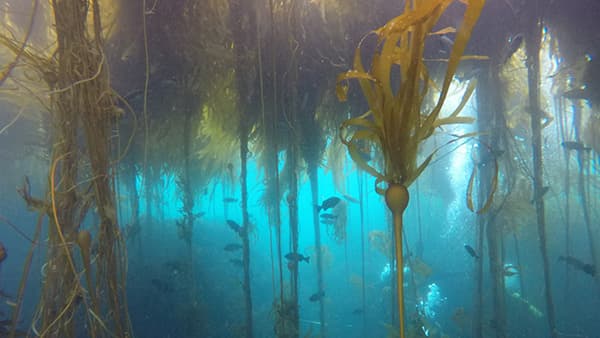
Kelp forests harbor a greater variety and higher diversity of plants and animals than almost any other ocean community. These underwater communities of kelp provide food, shelter, and protection for all kinds of marine life, including seals, sea lions, sea otters, invertebrates, fish, whales, birds, and more.
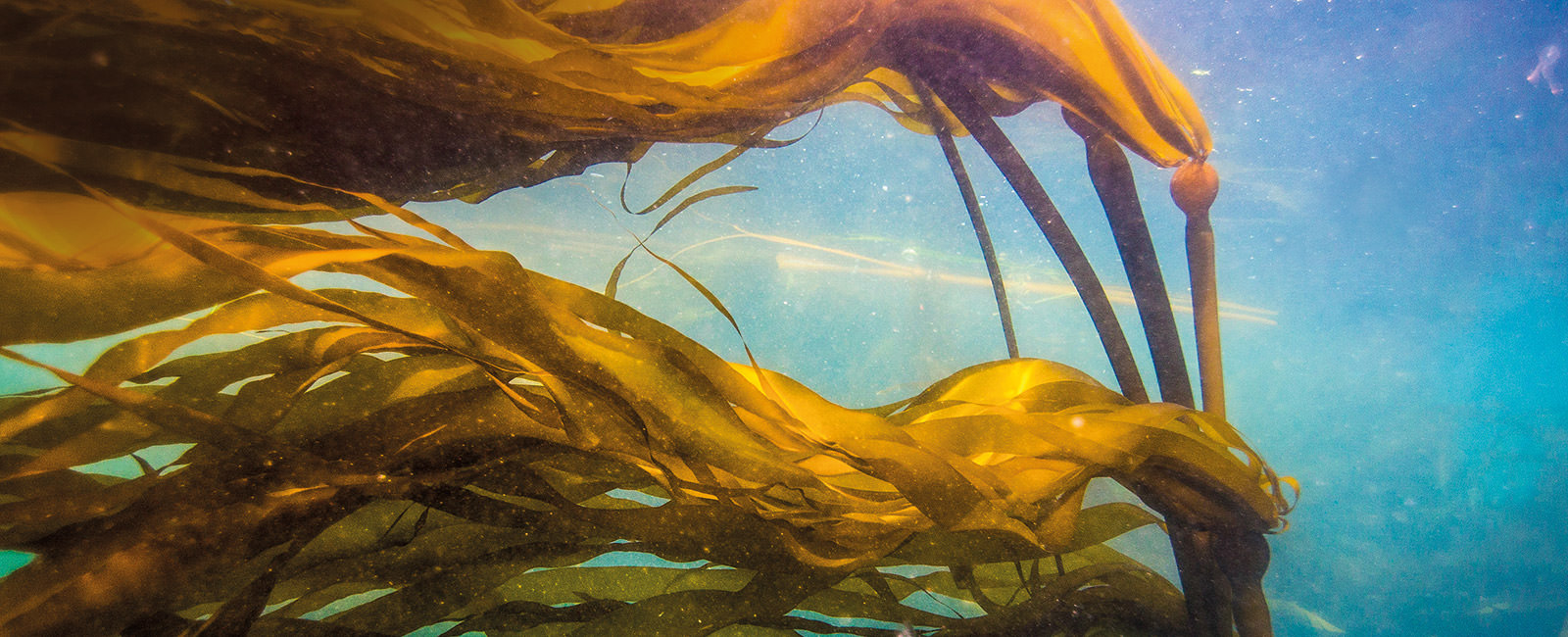
Dive into your West Coast national marine sanctuaries to discover magnificent kelp forests. Tiered like a terrestrial rainforest with a canopy and several layers below, kelp forests shelter an amazing array of life, from tiny invertebrates to the charismatic sea otter.
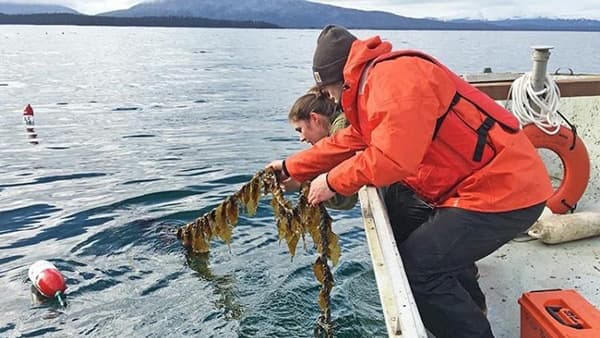
National marine sanctuaries regulate kelp harvesting and allow kelp harvesters to alter the seabed in different ways from sanctuary to sanctuary. Learn more about the varying management practices of kelp forests in sanctuaries on the west coast with this resource.
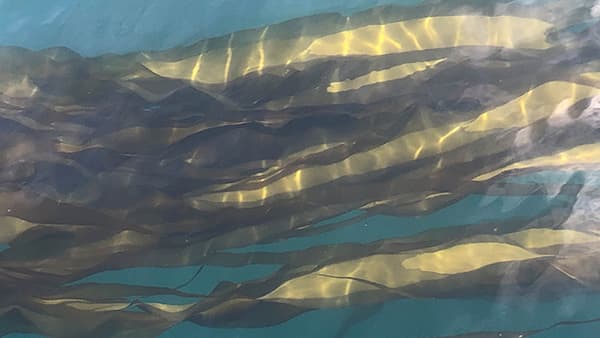
Off the coast, beyond the crashing surf, where the ebb and flow of the ocean currents bathe shallow reefs, sways the majestic kelp. Kelp occurs along coastlines that have an upwelling of cool, nutrient-rich waters, with temperatures usually 68° F.
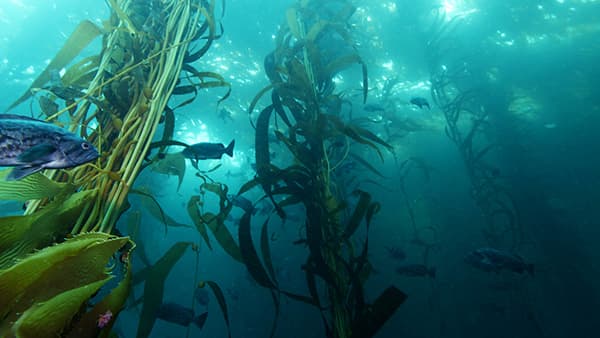
Encompassing 6,094 square statute miles, Monterey Bay National Marine Sanctuary is one of the richest, most diverse marine environments in the world, encompassing wave-swept beaches, lush kelp forests, and one of the deepest underwater canyons in North America.
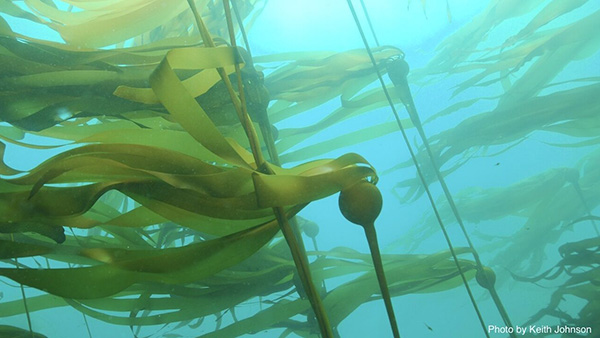
Bull kelp is a habitat forming species in our nearshore ecosystems in northern California. This brown algae forms incredible underwater forests that historically supported economically-significant commercial and recreational fisheries, as well as culturally-significant practices and resources. The Greater Farallones Kelp Restoration Program works to protect and restore kelp forests along the northern California coastline. Our goal is to implement strategies and investigate opportunities for active restoration, monitoring, research and community engagement.
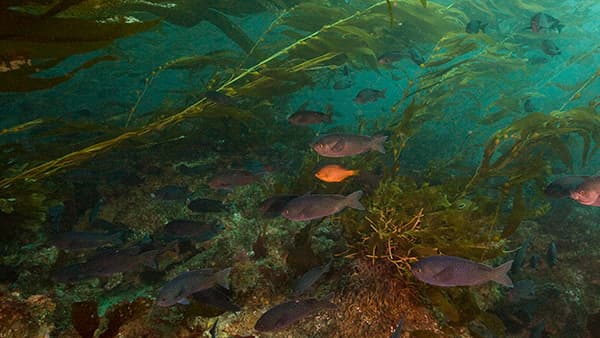
Kelp forests provide important structural features and ecosystem function to coastal marine communities. The physical structure of kelp provides vertical habitat similar to trees on land; it is used by numerous fishes and invertebrates.
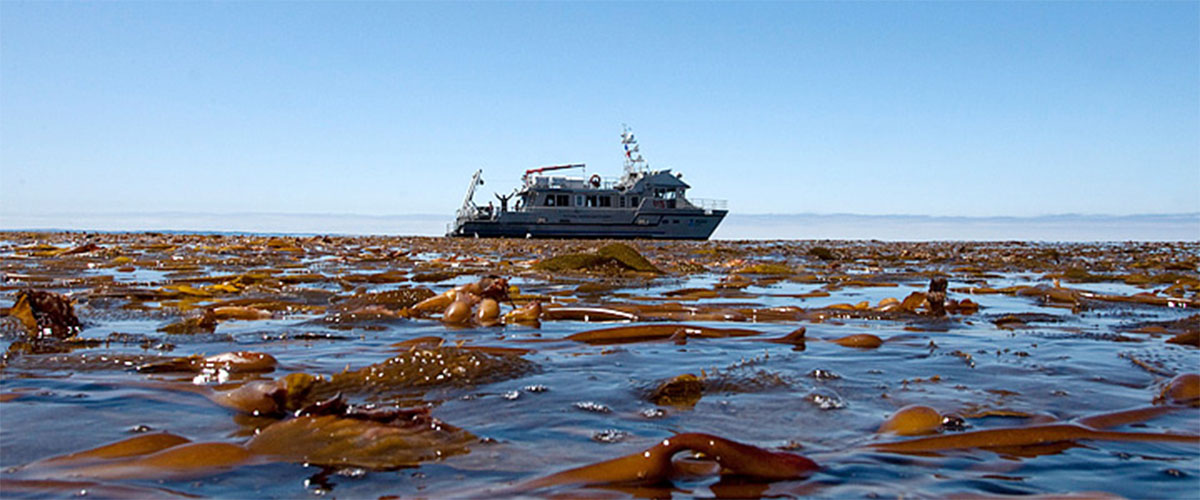
Numerous natural impacts, as well as human activities, affect kelp forest environments including high energy storms and swells, kelp harvesting, nonpoint and point source pollution, warm water events related to climate change, poor water quality, and more.
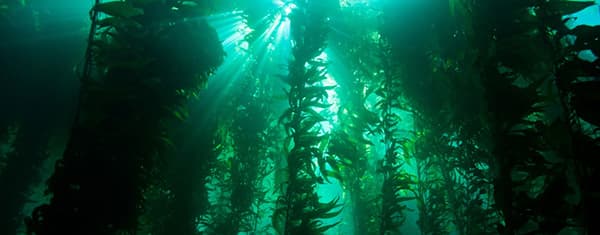
Kelp forests can be seen along much of the west coast of North America. Kelp are large brown algae that live in cool, relatively shallow waters close to the shore. They grow in dense groupings much like a forest on land.
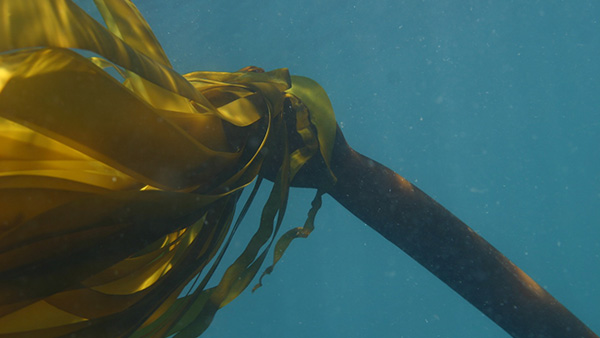
Kelp forests grow predominantly along the Eastern Pacific Coast, from Alaska and Canada to the waters of Baja, California. These kelp forests are found in four of our national marine sanctuaries along the West Coast,and are dominated by two species: giant kelp and bull kelp.